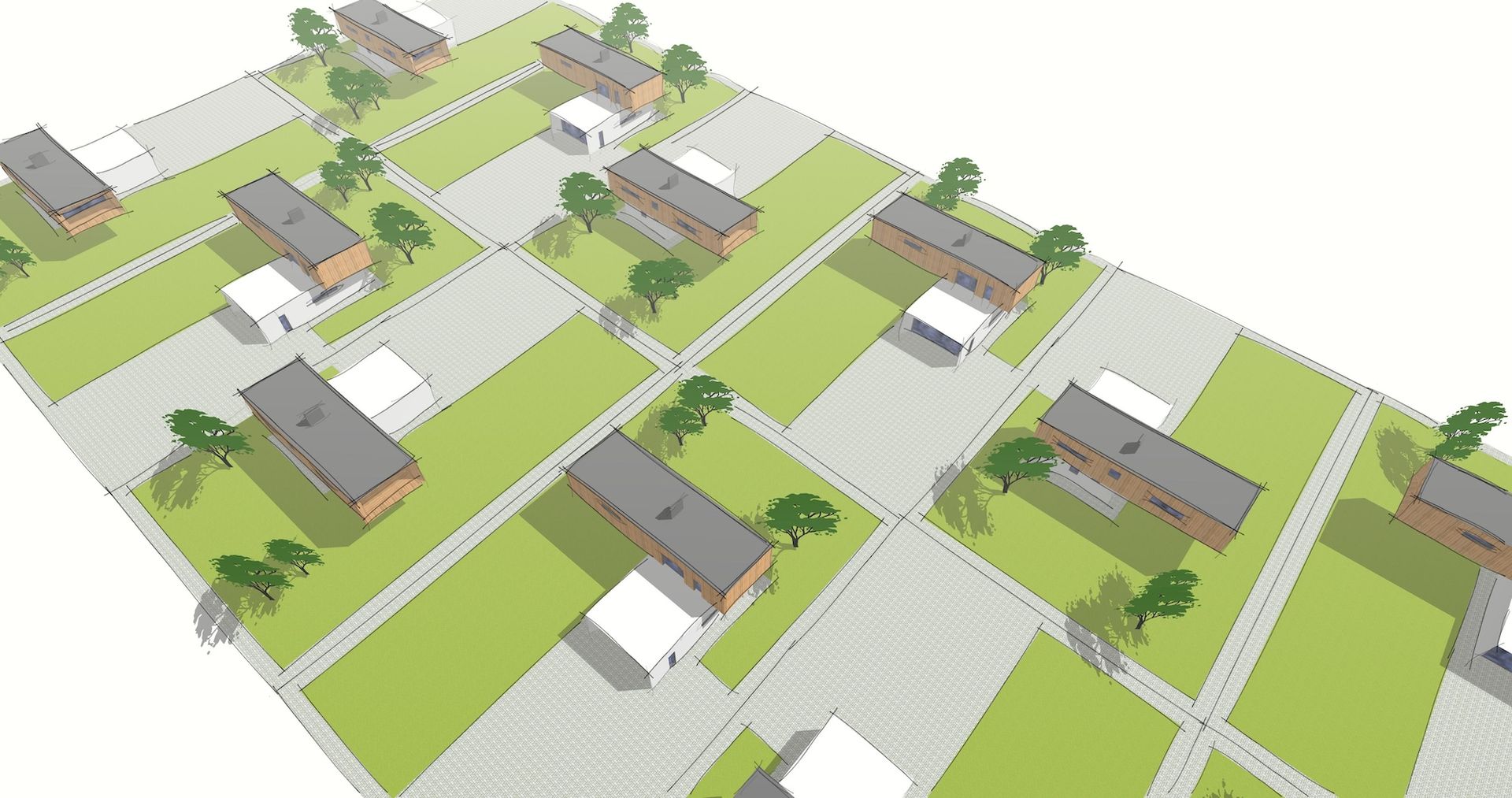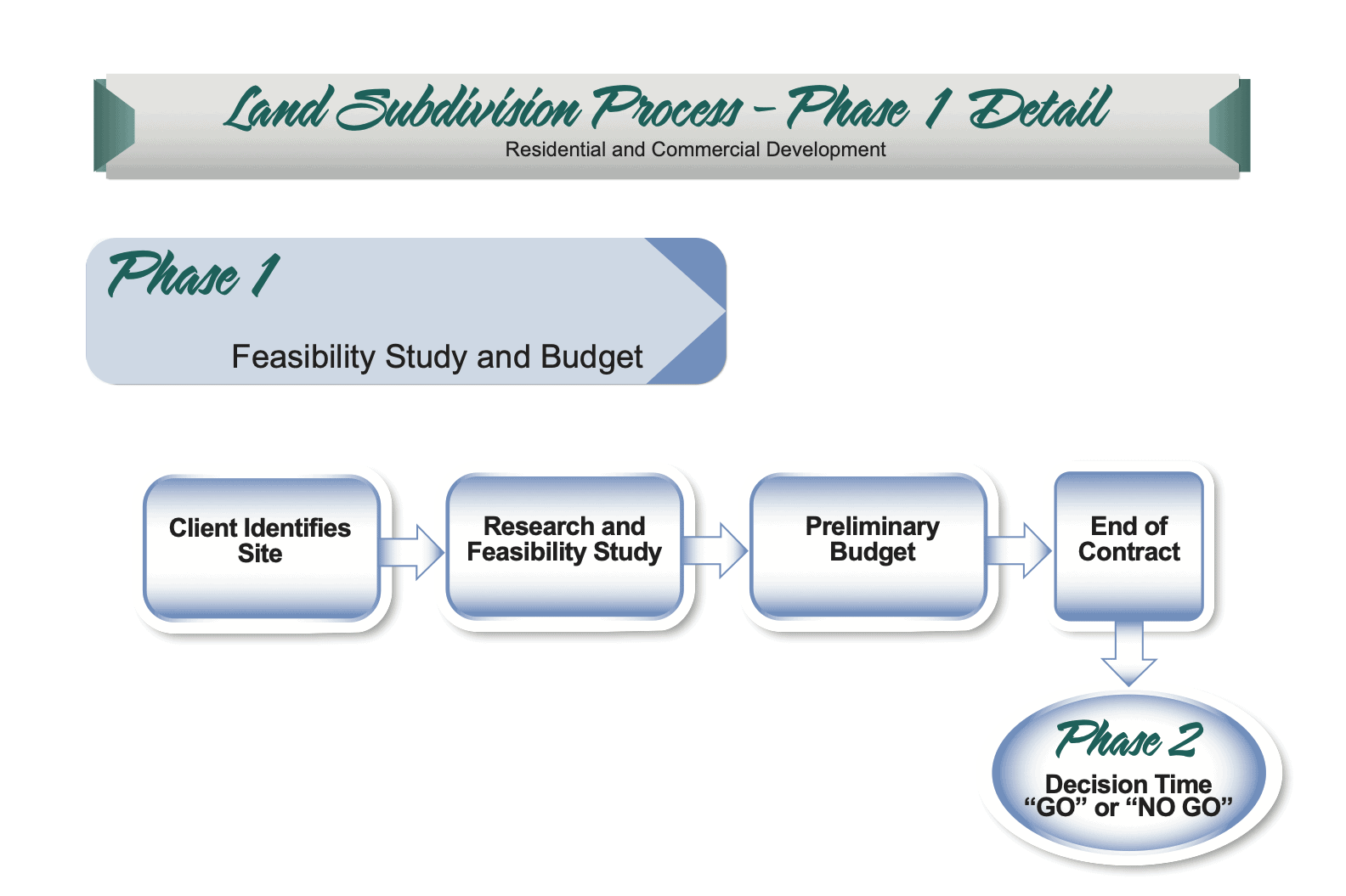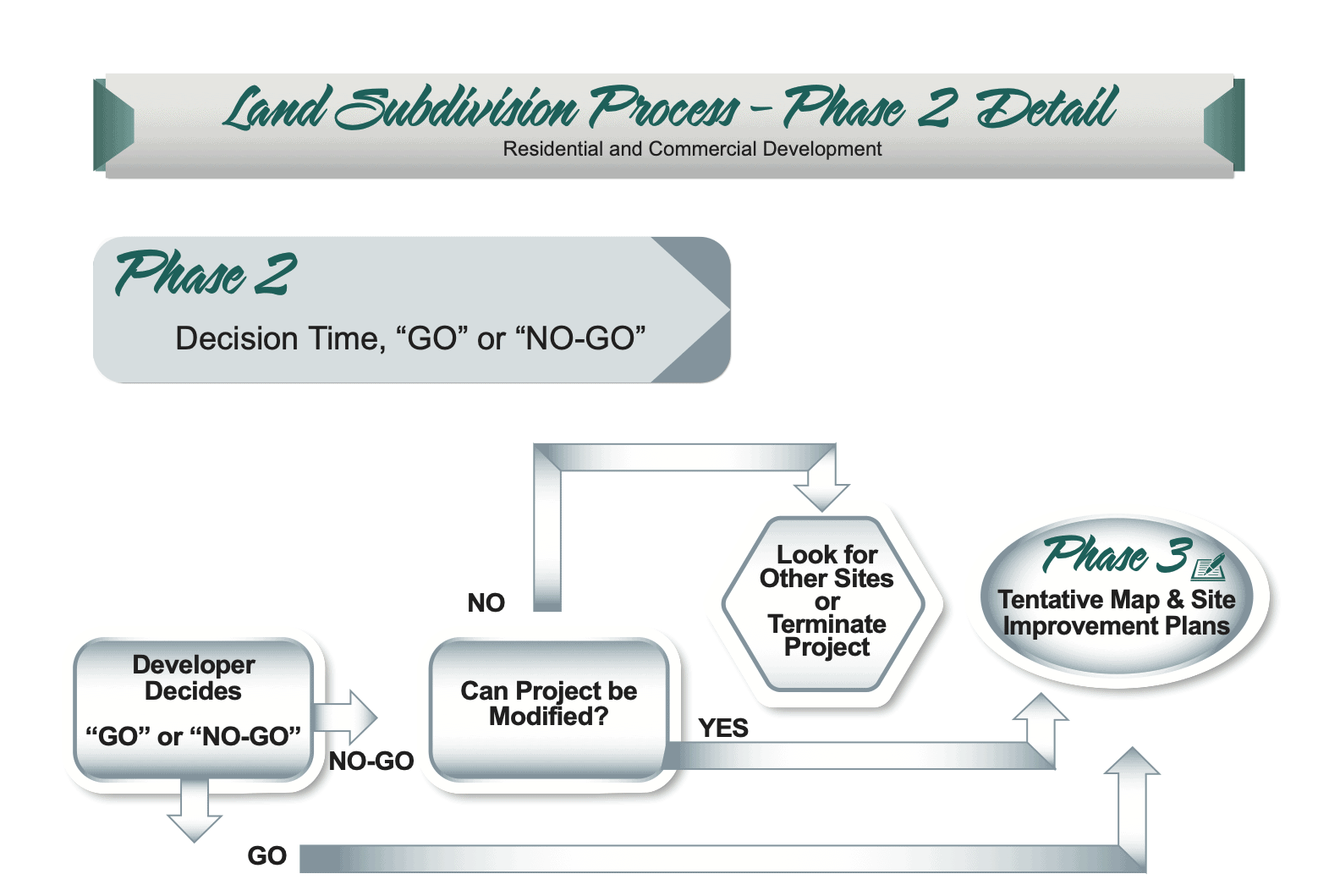Given the numerous decisions and considerations involved in just the first two phases, it’s crucial to understand the rules, steps, and options available in the land subdivision process. For phases 1 and 2, the “conventional” or “SB 9” subdivision differences may not seem as significant, however the nuances and differences will become more evident in future phases we’ll discuss.
As always, Greenwood & Moore is here to support and guide you, offering insights and opportunities you may not have considered.
Land subdivision is complex, but you don’t have to navigate it alone. We encourage you to review our 8-Phase Land Subdivision Process and reach out—we’re here to help you make informed decisions and successfully move forward with your subdivision plans.




